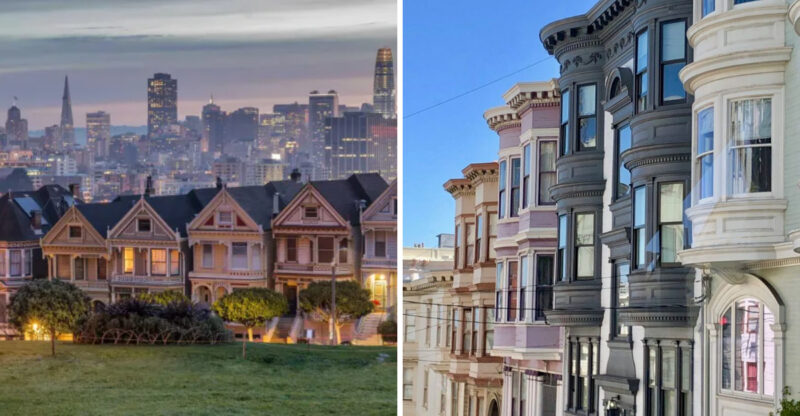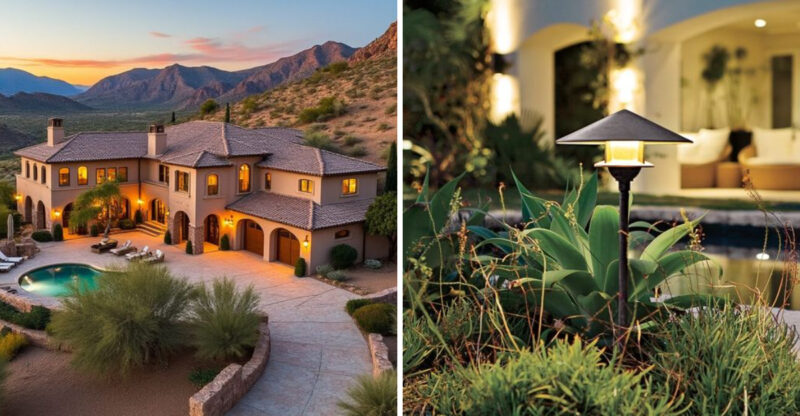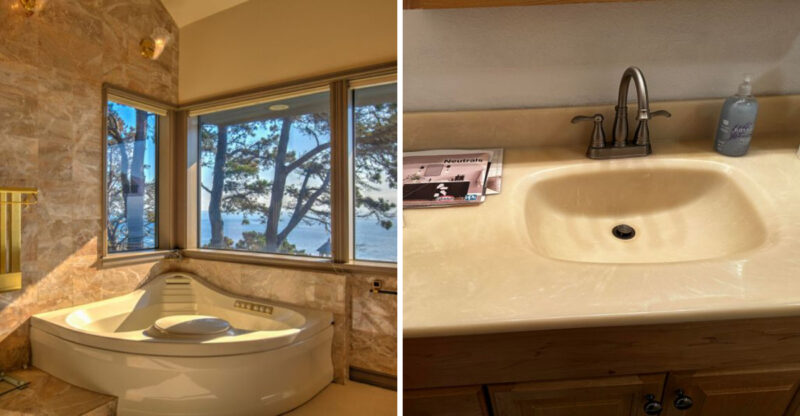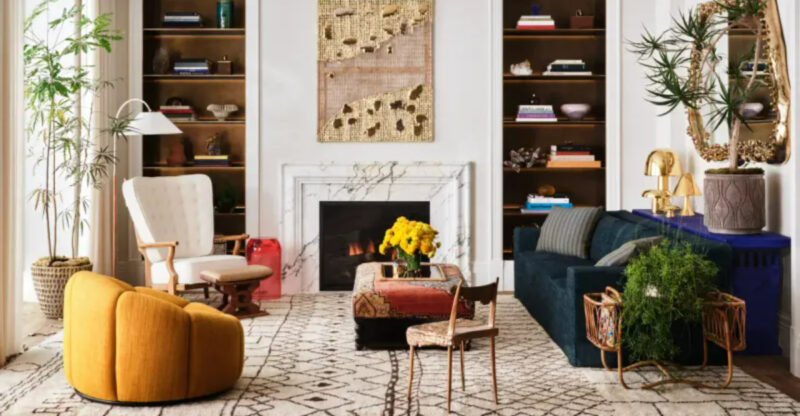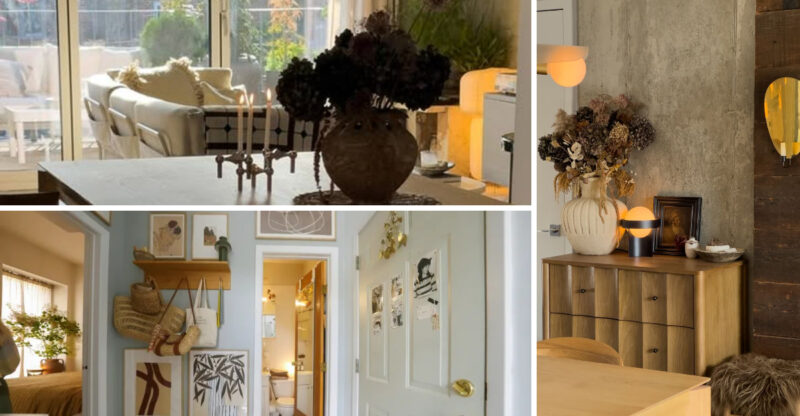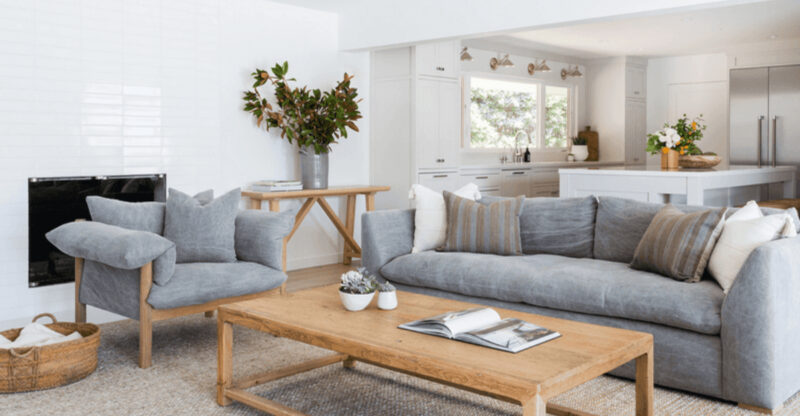11 Iconic Home Traits That Might Fade From Contemporary Designs
Homes are more than just places to live they’re reflections of our history, taste, and lifestyle. Traditional design elements that once symbolized elegance and craftsmanship are gradually fading as modern minimalism and practical layouts take center stage.
Comparing today’s houses with those built decades ago highlights just how much our preferences have changed. While these classic features may be less common in new builds, they remain cherished in vintage properties and historic renovations, offering inspiration for those who appreciate timeless design.
1. Ornate Crown Molding
Sweeping along the edges where walls meet ceilings, ornate crown molding once signaled refined taste in well-appointed homes. These decorative trims featured intricate patterns from delicate flowers to geometric designs all hand-carved by skilled craftsmen.
Modern homes increasingly favor clean lines and simplified aesthetics. The labor-intensive installation process and high costs have pushed builders toward more streamlined alternatives. Many homeowners now opt for simple cove molding or completely flat transitions.
While some luxury homes still incorporate crown molding, the elaborately detailed versions found in Victorian and Colonial homes rarely appear in contemporary builds. The craftsmanship required for these architectural jewels becomes harder to find as fewer artisans specialize in this traditional skill.
2. Built-in Window Seats
Nestled beneath bay windows or tucked into cozy nooks, built-in window seats once created charming reading retreats in homes across America. These architectural features combined practicality with whimsy offering both additional seating and storage while creating intimate spaces to enjoy natural light.
Today’s construction methods prioritize maximizing square footage and minimizing custom carpentry. The labor costs associated with crafting these personalized nooks have made them less common in spec homes and new developments.
Though Instagram-worthy and beloved in design magazines, window seats require architectural forethought that many modern floor plans simply don’t accommodate. When space comes at a premium price, these delightful alcoves often get sacrificed for more practical room layouts that favor furniture flexibility.
3. Classic Wainscoting
Running along lower wall sections, classic wainscoting once protected walls from chair damage while adding architectural interest to dining rooms and entryways. This wood paneling treatment, whether beadboard, raised panel, or board-and-batten, created depth and character in traditional homes.
If you visit new construction sites today, you’ll rarely find these detailed wall treatments included as standard features. The skilled labor and materials required make wainscoting an expensive addition compared to simple painted drywall.
Though DIY versions have gained popularity through home renovation shows, authentic, high-quality wainscoting installed by master carpenters becomes increasingly uncommon. Modern homebuilders often opt for simpler wall treatments that require less maintenance and allow for easier updates as design trends shift.
4. Hardwood Floors with Intricate Inlays
Dancing across entryways and formal living spaces, hardwood floors with intricate inlays once announced a home’s status through spectacular craftsmanship. Skilled woodworkers would meticulously cut and arrange different wood species to create borders, medallions, and geometric patterns that transformed floors into works of art.
This time-consuming process has largely given way to simpler flooring options. Even in luxury homes, the trend leans toward wide-plank hardwoods with minimal ornamentation rather than the complex parquetry of yesteryear.
When homeowners consider installation costs and future maintenance, many choose engineered products or luxury vinyl that mimics wood. The specialized skills required to create and maintain these masterpieces grow scarcer as fewer craftspeople learn these traditional techniques, making authentic inlaid floors increasingly rare in modern construction.
5. Fireplaces with Detailed Mantels
Commanding attention as the heart of traditional living rooms, fireplaces with elaborately carved mantels once served as both functional heating sources and artistic focal points. These architectural showpieces featured scrollwork, columns, and decorative moldings often crafted from marble, limestone, or intricately carved hardwoods.
Modern homes increasingly opt for sleek, linear fireplaces without traditional surrounds. Gas inserts and minimalist designs have replaced the grand hearths that required substantial masonry and custom woodwork.
Though fireplaces remain desirable features, today’s versions typically lack the ornate detailing that characterized period homes. The craftsmanship required for creating these statement pieces becomes increasingly specialized and costly, pushing builders toward simpler designs that complement contemporary aesthetics while requiring less skilled labor to install.
6. Vintage Doorknobs and Hardware
Gleaming brass, crystal, and porcelain doorknobs once adorned homes as functional jewelry, adding character through everyday objects. These small architectural elements featured intricate patterns from Victorian floral motifs to Art Deco geometric designs transforming simple door hardware into miniature works of art.
Mass-produced, standardized hardware has largely replaced these distinctive pieces. Modern builders typically install matching sets throughout entire developments, prioritizing consistency and cost-efficiency over unique character.
Where vintage doorknobs required regular polishing and maintenance, today’s homeowners often prefer low-maintenance options like brushed nickel or matte black. Salvage yards now house collections of these discarded treasures, removed during renovations as homeowners update to simpler, more contemporary styles that won’t tarnish or require special care to maintain their appearance.
7. Stained Glass Windows
Casting colorful shadows across interior spaces, stained glass windows once brought artistic expression and privacy to homes built in the late 19th and early 20th centuries. These jewel-toned masterpieces featured everything from abstract patterns to nature scenes, filtering light through hand-cut glass pieces joined by lead came.
The specialized artistry required makes these windows prohibitively expensive for most modern homes. Contemporary builders favor energy-efficient windows with clean lines and unobstructed views rather than decorative glass that might limit natural light.
While renovation enthusiasts might salvage vintage stained glass for character homes, new construction rarely incorporates these labor-intensive features. The traditional craftsmanship remains alive primarily through restoration specialists who maintain existing windows in historic homes rather than creating new pieces for modern construction.
8. Traditional Bay Windows
Jutting outward from façades, traditional bay windows once created light-filled nooks while adding architectural interest to both interior and exterior home designs. These multi-paneled window arrangements typically featured detailed woodwork, decorative mullions, and sometimes stained or leaded glass accents.
Modern construction costs have made these projecting windows less common in new developments. The complex framing, additional foundation work, and custom window packages required for authentic bay windows significantly increase building expenses.
Though simplified versions occasionally appear in new homes, the ornately detailed bay windows with curved glass and intricate trim work have become increasingly rare. Energy efficiency concerns also influence their declining popularity, as the multiple joints and transitions in bay windows create more opportunities for air leakage compared to simpler window installations in well-insulated, flat walls.
9. Detailed Ceiling Medallions
Blooming overhead like plaster flowers, ceiling medallions once crowned formal rooms, creating elaborate frames around light fixtures in well-appointed homes. These ornamental plaster works featured concentric patterns of leaves, flowers, and scrollwork all carefully molded by skilled artisans.
Contemporary ceilings typically remain unadorned in new construction. The specialized installation process and additional finishing work make medallions an expensive upgrade rather than a standard feature.
When visiting historic homes, you’ll often find these decorative elements highlighting dining rooms and entry halls. However, in modern homes, simplified lighting installations without decorative surrounds have become the norm. Though reproduction medallions remain available for renovation projects, the intricately detailed originals found in historic homes represent a level of craftsmanship rarely incorporated into today’s building practices.
10. Formal Dining Rooms with Chandeliers
Reserved exclusively for special meals and gatherings, formal dining rooms with crystal chandeliers once symbolized proper entertaining in traditional homes. These dedicated spaces featured coffered ceilings, wainscoting, and built-in china cabinets all designed to create a sense of occasion around the dining ritual.
Modern floor plans increasingly favor open-concept layouts with flexible eating areas. Many homebuyers now prefer casual dining spaces connected to kitchens rather than separate formal rooms used only occasionally.
As lifestyles become more informal, the dedicated dining room has begun disappearing from new home designs. Developers respond to changing preferences by allocating square footage to larger great rooms and kitchen islands with casual seating. The grand dining room with its crystal chandelier increasingly becomes a specialty feature in custom homes rather than a standard element in mainstream construction.
11. Original Wood Paneling
Wrapping rooms in warmth and character, original wood paneling once created richly textured environments in libraries, dens, and studies. These solid wood installations featured quarter-sawn oak, walnut, or mahogany often with intricate details like raised panels, carved moldings, and built-in bookshelves.
The prohibitive cost of quality hardwoods and skilled carpentry has made authentic wood paneling increasingly rare. Modern alternatives like veneer systems or manufactured panels might mimic the look but lack the substantial feel and longevity of traditional installations.
Though mid-century homes sometimes featured simpler paneling (often painted over in renovations), the craftsmanship of traditional floor-to-ceiling hardwood paneling becomes harder to find in contemporary construction. The maintenance requirements and darkening effect on interior spaces have pushed designers toward lighter, brighter alternatives that better match today’s preference for airy, open interiors.

